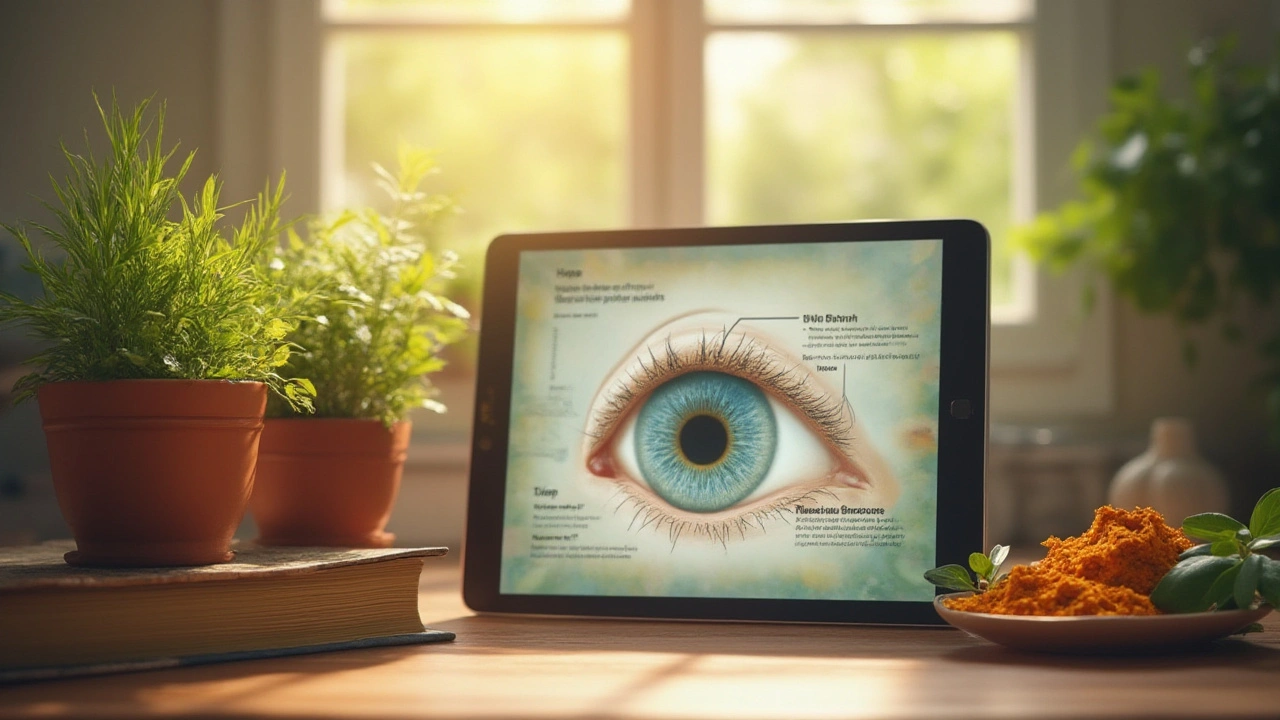Glaucoma Management: Simple Tips and Effective Treatments
If you’ve just heard the word ‘glaucoma,’ you might picture a complicated eye disease that’s hard to control. The truth is, managing glaucoma is doable when you know the basics. Below are everyday actions, medication tricks, and surgery facts that keep eye pressure in check and preserve sight.
Keep Eye Pressure Low with the Right Meds
Most glaucoma cases hinge on high intra‑ocular pressure (IOP). Your doctor will likely prescribe eye drops that either reduce fluid production or improve drainage. The key is consistency – use them exactly as directed, even if your eyes feel fine. Missing doses lets pressure creep up, and the damage can happen faster than you think.
If a single drop isn’t enough, doctors often combine two types. Don’t worry about ‘mixing’ them; each bottle has its own schedule. Write a short reminder on your bathroom mirror or set a phone alarm. That tiny habit saves a lot of trouble later.
Lifestyle Tweaks That Matter
What you eat and how you move affect eye pressure too. Research shows low‑salt meals help keep fluid levels stable, while a diet rich in leafy greens supplies antioxidants that protect optic nerves. Aim for at least five servings of vegetables a day – kale, spinach, and broccoli are great choices.
Exercise is another ally. Moderate activities like brisk walking or cycling improve blood flow to the eyes and can lower pressure. Avoid heavy lifting or intense yoga poses that force you to hold your breath, as they may spike IOP temporarily.
Don’t forget to protect your eyes from trauma. Wear safety glasses during sports or DIY projects. A sudden blow can damage the drainage system and trigger a rapid rise in pressure.
When Drops Aren’t Enough: Surgery Options
About 10‑15 % of patients need a procedure when medications fail. The most common is a trabeculoplasty, where a laser creates tiny openings in the drainage angle. It’s quick, done in the office, and has a short recovery.
For more advanced cases, surgeons may implant a tiny tube or a stent to reroute fluid. These devices stay in the eye permanently and reduce the need for multiple drops. Recovery varies, but most people return to normal activities within a week.
Ask your ophthalmologist about the risks and benefits of each option. Knowing what to expect helps you feel confident in the decision.
Regular Check‑Ups Keep You Ahead
Glaucoma isn’t a set‑and‑forget condition. Schedule eye exams every 3‑6 months, or as your doctor advises. During the visit, the doctor measures IOP, checks your optic nerve, and may do a visual field test.
Keep a simple log of your eye‑drop usage, any side effects, and changes in vision. Bring this to every appointment – it gives the doctor a clear picture of what’s working.
Remember, early detection and consistent care stop glaucoma from stealing sight. Follow the medication schedule, adopt eye‑friendly habits, and stay on top of appointments. Your eyes will thank you for the effort.

17
Jul
Curious about natural alternatives to Timolol for glaucoma? Learn about herbal treatments, lifestyle tweaks, and the science behind alternative eye pressure management.
Read More
